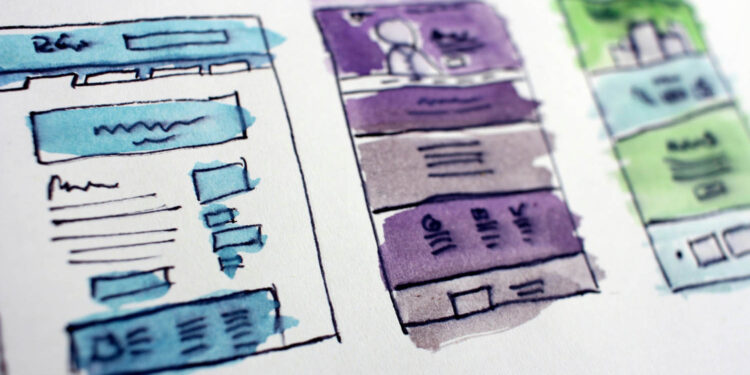Bottom Line: Automation empowers solo photographers and small studios to maintain consistent, personalized outreach—so you can focus on your craft, reach more clients, and grow without burning out.
As photographers, our creative energy and time are finite. Yet, to build a thriving business, we need to stay top-of-mind with past clients, nurture prospects, and manage inquiries—often simultaneously. That’s where marketing automation comes in. By setting up automated systems for email, social media, and client management, we can deliver timely, relevant messages at scale, all while dedicating our focus to shoots, edits, and growing our portfolio.
Automate to Amplify Reach
Marketing automation platforms—like Mailchimp, ActiveCampaign, and HubSpot—let us automate repetitive tasks: sending welcome emails, following up on inquiries, or announcing new services. As a one-person operation, it’s impossible to manually email every lead. Automation handles the basics and frees us to refine our brand and craft unforgettable images.
Personalized Email Drip Campaigns
Automation shines when crafting drip campaigns—predefined sequences of emails triggered by specific actions. Imagine a lead filling out your “wedding inquiry” form: automatically, they receive an email thanking them for reaching out, followed three days later by a portfolio showcase, and a week after that, a gentle nudge to schedule a call.
Example sequence:
- “Hey [Name], thanks for your inquiry! Here’s a quick look at my recent wedding shoots.”
- “Hi [Name], curious about packages? Check out my custom offerings and pricing guide.”
- “Still planning? Let’s hop on a 15-minute call to discuss your vision.”
Each message feels personal but runs on autopilot, ensuring no lead slips through the cracks.
Segmenting Audience for Targeted Messaging
Turning all subscribers into one list means one-size-fits-all emails—and that rarely converts. Instead, we segment by interests (weddings, portraits, commercial), past interactions (inquiry vs. booking), or client type (private vs. corporate). A segment for corporate clients might receive case studies on branding shoots, while a segment of engaged couples sees bridal album previews. Targeted messaging boosts open rates and client engagement.
Integrating CRM with Automated Marketing
Pair your automation tool with a CRM—Salesforce, Zoho, or a photography-focused CRM like Táve. When a prospect becomes a client, the system automatically tags them, triggers a “thank you” campaign, and schedules anniversary or referral emails. This integrated data stream ensures every client interaction is documented and leveraged for future opportunities.
Balancing Personalization with Privacy
Personalized greetings and tailored content feel warm, but overstepping privacy boundaries backfires. Always request consent for marketing communications, use GDPR-friendly opt-ins, and offer straightforward unsubscribe options. Respecting client data builds trust and keeps your domain off spam blacklists.
Measuring Success and Iterating
Automation isn’t “set and forget.” We track open rates, click-throughs, and conversions in real time. If your “free engagement session” email isn’t getting clicks, tweak the subject line or adjust send times. Regularly review performance dashboards and A/B test variations—small changes can yield big wins.
Examples of Effective Automated Campaigns
- Welcome Series: Instantly send new subscribers a hello email with portfolio highlights and links to your best blog posts.
- Abandoned Inquiry Follow-Up: If someone starts your brochure download but doesn’t finish, trigger a reminder: “Still interested in rates? Here’s the link again.”
- Re-Engagement: Dormant contacts receive “We miss you!” emails with a special offer or seasonal promotion.
These campaigns work for both large organizations and private clients. For a luxury hotel shoot, you might automate a “post-shoot feedback” email. For a family portrait client, trigger a one-year anniversary “time flies” card with a discount on new headshots.
Email Deliverability and Avoiding Spam
To land in inboxes—not junk folders—we write concise, value-driven emails and respect frequency. Aim for no more than two promotional emails per month, plus a monthly newsletter. Use recognizable “From” names, avoid all-caps subject lines, and keep spammy words like “FREE” to a minimum. Always include a clear unsubscribe link.
Tailoring Automation for Large vs. Private Clients
Large organizations often require multi-touch campaigns—case studies, technical spec sheets, and stakeholder approvals. Automation sequences can span months, with content tailored to each decision-maker’s role. Private clients—couples, families, or small businesses—prefer shorter, more personal journeys. We might send three emails over two weeks instead of a six-part corporate sequence.
Building and Nurturing Your Audience
Automation also extends to social media. Tools like Buffer or Later let us schedule Instagram teasers, blog post announcements, and behind-the-scenes reels. Integrating these with email campaigns provides multiple touchpoints. As our audience engages with content, automation tags their interests, fueling more precise segmentation.
Soliciting and Leveraging Feedback
Post-project feedback is gold. After delivering photos, an automated email can request a testimonial or Google review. A simple ask works best:
“Hi [Name], it was a pleasure capturing your event! If you enjoyed working together, could you share a short review? It really helps my small business.”
Collecting this feedback automatically builds social proof and streamlines referral requests—while keeping our overhead low.



